EDUCATING MORE SEMICONDUCTOR WORKERS
입력 2022.07.20 (15:05)
수정 2022.07.20 (16:45)
읽어주기 기능은 크롬기반의
브라우저에서만 사용하실 수 있습니다.
[Anchor Lead]
As President Yoon Suk-yeol stressed the importance of having larger science and technology workforce at last month's cabinet meeting, government ministries had started discussing the cultivation of workers in the semiconductor industry. Now the government has decided to educate 150,000 more semiconductor workers in the next ten years and substantially boost financial assistance to encourage the participation of local colleges.
[Pkg]
A key government measure for grooming more workers in the semiconductor industry is relaxing restrictions on university student quota. Until now, a university could increase its number of students only when it fulfilled four requirements, such as faculty and school site. But from now on, the number of students in the semiconductor-related departments can be increased if enough professors are available. Roughly 127,000 semiconductor workers are needed for the next ten years. So the government aims to produce up to 150,000 workers. 45,000 of them will be filled with 5,700 new students produced each year. The remaining 105,000 workers will be groomed using the integrated education projects of the Ministries of Education, Science and ICT and Industry. To recruit faculty members, universities are given more autonomy to hire experts and the salary cap is removed.
[Soundbite] Park Soon-ae(Minister of Education) : "We recognize that grooming workforce in semiconductor and cutting-edge industries is our core task and that role will be strengthened. We will support independent innovation and growth of colleges and industries, instead of enforcing restrictions and control."
Universities in Seoul and surrounding cities welcome the new measure for now. They haven't been able to increase their student body size because of the Seoul Metropolitan Area Readjustment Act. About ten universities have already submitted their student increase plan to the education ministry.
[Soundbite] Prof. Park Jin-sub(Hanyang Univ. Div. of Nanoscale Semiconductor Engineering) : "Increasing the number of students would change not only the semiconductor field, but also the overall industrial ecosystem. It will build the basis for other industries to grow as well."
However, local universities that have been opposing the plan to increase the number of students in the Seoul metropolitan area are still against the measure.
[Soundbite] (Local University Employee(VOICE MODIFIED)) : "This goes beyond the regional collectivism of the Seoul metropolitan area. We are disappointed that the measure was not designed for balanced regional development."
The government said that a special council on the development of local universities will be formed immediately for closer communication and financial subsidies will be expanded considerably by revising the subsidy programs to accept applications first and then assess performances later.
As President Yoon Suk-yeol stressed the importance of having larger science and technology workforce at last month's cabinet meeting, government ministries had started discussing the cultivation of workers in the semiconductor industry. Now the government has decided to educate 150,000 more semiconductor workers in the next ten years and substantially boost financial assistance to encourage the participation of local colleges.
[Pkg]
A key government measure for grooming more workers in the semiconductor industry is relaxing restrictions on university student quota. Until now, a university could increase its number of students only when it fulfilled four requirements, such as faculty and school site. But from now on, the number of students in the semiconductor-related departments can be increased if enough professors are available. Roughly 127,000 semiconductor workers are needed for the next ten years. So the government aims to produce up to 150,000 workers. 45,000 of them will be filled with 5,700 new students produced each year. The remaining 105,000 workers will be groomed using the integrated education projects of the Ministries of Education, Science and ICT and Industry. To recruit faculty members, universities are given more autonomy to hire experts and the salary cap is removed.
[Soundbite] Park Soon-ae(Minister of Education) : "We recognize that grooming workforce in semiconductor and cutting-edge industries is our core task and that role will be strengthened. We will support independent innovation and growth of colleges and industries, instead of enforcing restrictions and control."
Universities in Seoul and surrounding cities welcome the new measure for now. They haven't been able to increase their student body size because of the Seoul Metropolitan Area Readjustment Act. About ten universities have already submitted their student increase plan to the education ministry.
[Soundbite] Prof. Park Jin-sub(Hanyang Univ. Div. of Nanoscale Semiconductor Engineering) : "Increasing the number of students would change not only the semiconductor field, but also the overall industrial ecosystem. It will build the basis for other industries to grow as well."
However, local universities that have been opposing the plan to increase the number of students in the Seoul metropolitan area are still against the measure.
[Soundbite] (Local University Employee(VOICE MODIFIED)) : "This goes beyond the regional collectivism of the Seoul metropolitan area. We are disappointed that the measure was not designed for balanced regional development."
The government said that a special council on the development of local universities will be formed immediately for closer communication and financial subsidies will be expanded considerably by revising the subsidy programs to accept applications first and then assess performances later.
■ 제보하기
▷ 카카오톡 : 'KBS제보' 검색, 채널 추가
▷ 전화 : 02-781-1234, 4444
▷ 이메일 : kbs1234@kbs.co.kr
▷ 유튜브, 네이버, 카카오에서도 KBS뉴스를 구독해주세요!
- EDUCATING MORE SEMICONDUCTOR WORKERS
-
- 입력 2022-07-20 15:05:26
- 수정2022-07-20 16:45:35
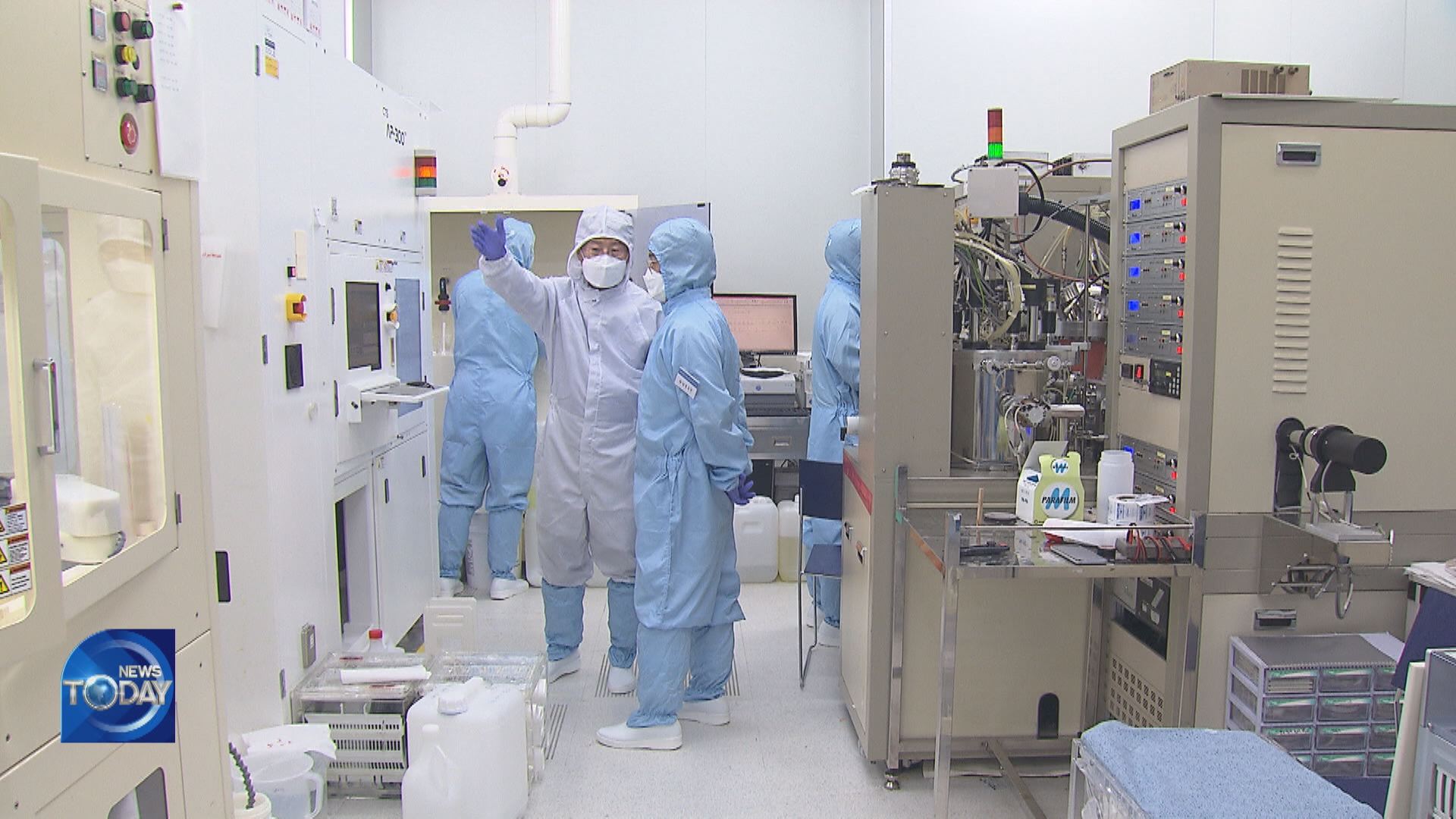
[Anchor Lead]
As President Yoon Suk-yeol stressed the importance of having larger science and technology workforce at last month's cabinet meeting, government ministries had started discussing the cultivation of workers in the semiconductor industry. Now the government has decided to educate 150,000 more semiconductor workers in the next ten years and substantially boost financial assistance to encourage the participation of local colleges.
[Pkg]
A key government measure for grooming more workers in the semiconductor industry is relaxing restrictions on university student quota. Until now, a university could increase its number of students only when it fulfilled four requirements, such as faculty and school site. But from now on, the number of students in the semiconductor-related departments can be increased if enough professors are available. Roughly 127,000 semiconductor workers are needed for the next ten years. So the government aims to produce up to 150,000 workers. 45,000 of them will be filled with 5,700 new students produced each year. The remaining 105,000 workers will be groomed using the integrated education projects of the Ministries of Education, Science and ICT and Industry. To recruit faculty members, universities are given more autonomy to hire experts and the salary cap is removed.
[Soundbite] Park Soon-ae(Minister of Education) : "We recognize that grooming workforce in semiconductor and cutting-edge industries is our core task and that role will be strengthened. We will support independent innovation and growth of colleges and industries, instead of enforcing restrictions and control."
Universities in Seoul and surrounding cities welcome the new measure for now. They haven't been able to increase their student body size because of the Seoul Metropolitan Area Readjustment Act. About ten universities have already submitted their student increase plan to the education ministry.
[Soundbite] Prof. Park Jin-sub(Hanyang Univ. Div. of Nanoscale Semiconductor Engineering) : "Increasing the number of students would change not only the semiconductor field, but also the overall industrial ecosystem. It will build the basis for other industries to grow as well."
However, local universities that have been opposing the plan to increase the number of students in the Seoul metropolitan area are still against the measure.
[Soundbite] (Local University Employee(VOICE MODIFIED)) : "This goes beyond the regional collectivism of the Seoul metropolitan area. We are disappointed that the measure was not designed for balanced regional development."
The government said that a special council on the development of local universities will be formed immediately for closer communication and financial subsidies will be expanded considerably by revising the subsidy programs to accept applications first and then assess performances later.
As President Yoon Suk-yeol stressed the importance of having larger science and technology workforce at last month's cabinet meeting, government ministries had started discussing the cultivation of workers in the semiconductor industry. Now the government has decided to educate 150,000 more semiconductor workers in the next ten years and substantially boost financial assistance to encourage the participation of local colleges.
[Pkg]
A key government measure for grooming more workers in the semiconductor industry is relaxing restrictions on university student quota. Until now, a university could increase its number of students only when it fulfilled four requirements, such as faculty and school site. But from now on, the number of students in the semiconductor-related departments can be increased if enough professors are available. Roughly 127,000 semiconductor workers are needed for the next ten years. So the government aims to produce up to 150,000 workers. 45,000 of them will be filled with 5,700 new students produced each year. The remaining 105,000 workers will be groomed using the integrated education projects of the Ministries of Education, Science and ICT and Industry. To recruit faculty members, universities are given more autonomy to hire experts and the salary cap is removed.
[Soundbite] Park Soon-ae(Minister of Education) : "We recognize that grooming workforce in semiconductor and cutting-edge industries is our core task and that role will be strengthened. We will support independent innovation and growth of colleges and industries, instead of enforcing restrictions and control."
Universities in Seoul and surrounding cities welcome the new measure for now. They haven't been able to increase their student body size because of the Seoul Metropolitan Area Readjustment Act. About ten universities have already submitted their student increase plan to the education ministry.
[Soundbite] Prof. Park Jin-sub(Hanyang Univ. Div. of Nanoscale Semiconductor Engineering) : "Increasing the number of students would change not only the semiconductor field, but also the overall industrial ecosystem. It will build the basis for other industries to grow as well."
However, local universities that have been opposing the plan to increase the number of students in the Seoul metropolitan area are still against the measure.
[Soundbite] (Local University Employee(VOICE MODIFIED)) : "This goes beyond the regional collectivism of the Seoul metropolitan area. We are disappointed that the measure was not designed for balanced regional development."
The government said that a special council on the development of local universities will be formed immediately for closer communication and financial subsidies will be expanded considerably by revising the subsidy programs to accept applications first and then assess performances later.
이 기사가 좋으셨다면
-
좋아요
0
-
응원해요
0
-
후속 원해요
0










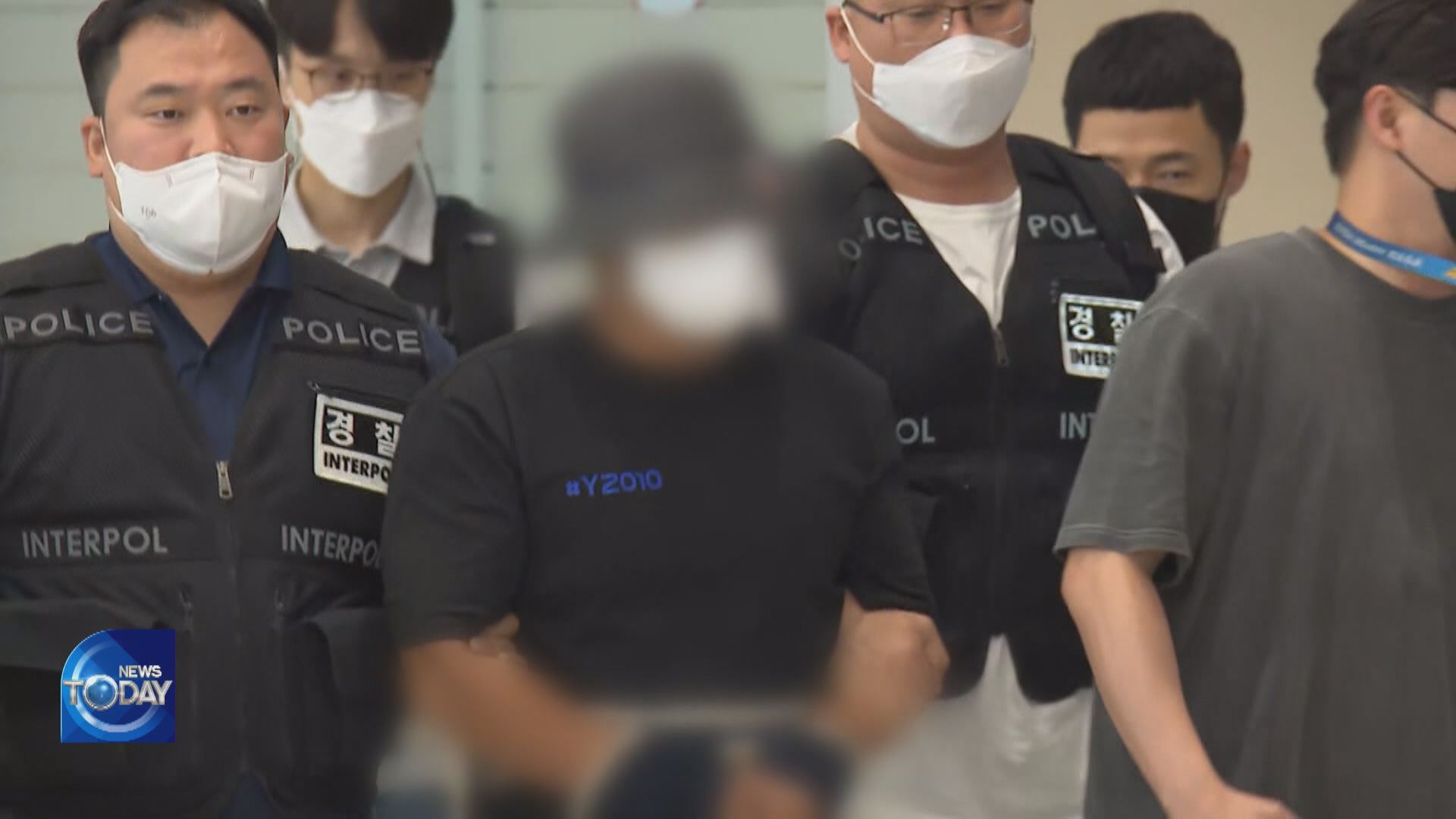
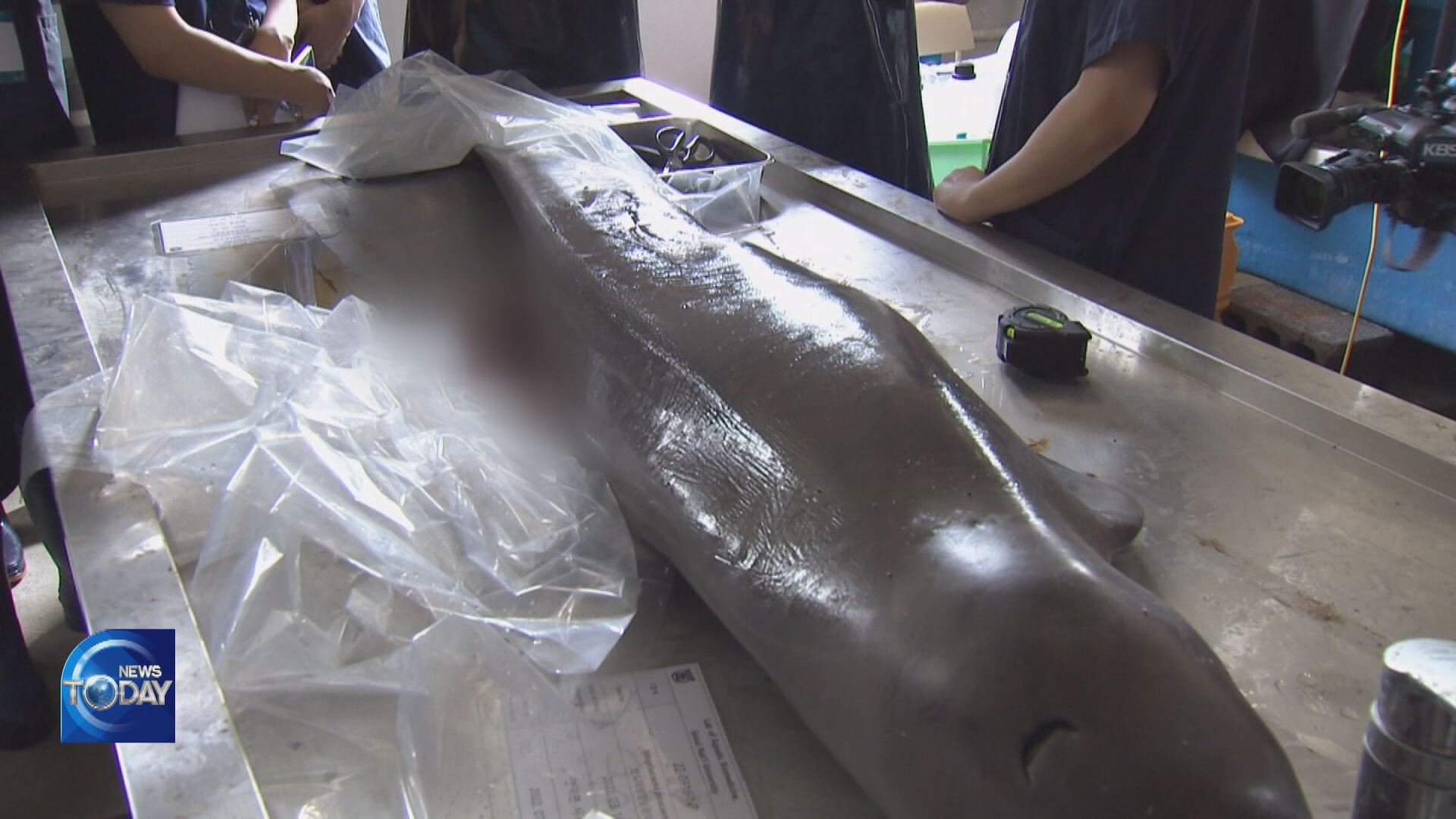
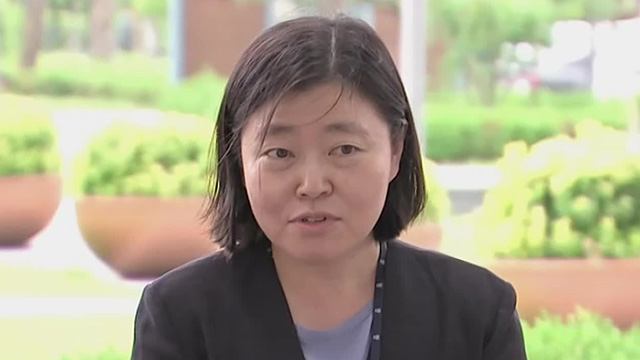
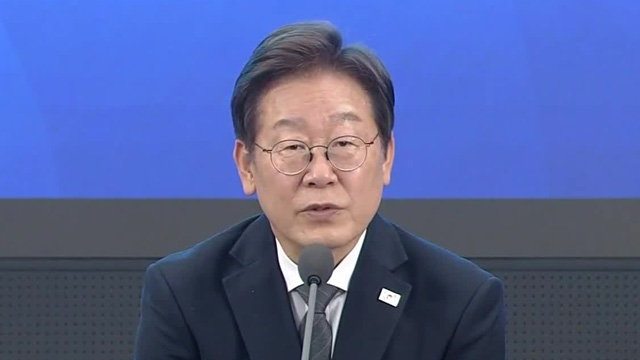
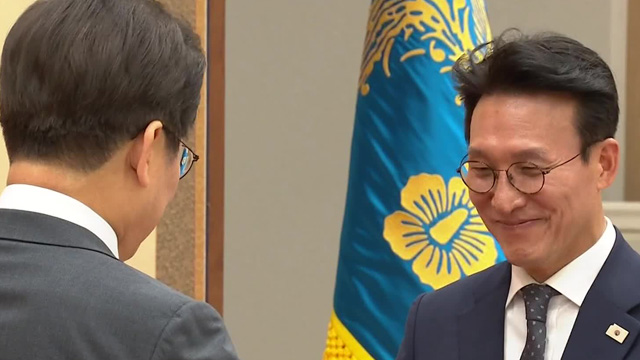
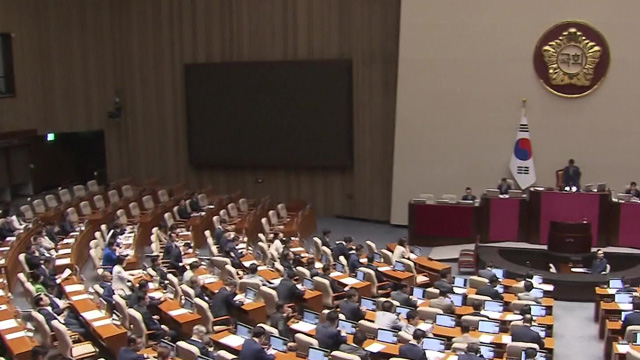

이 기사에 대한 의견을 남겨주세요.